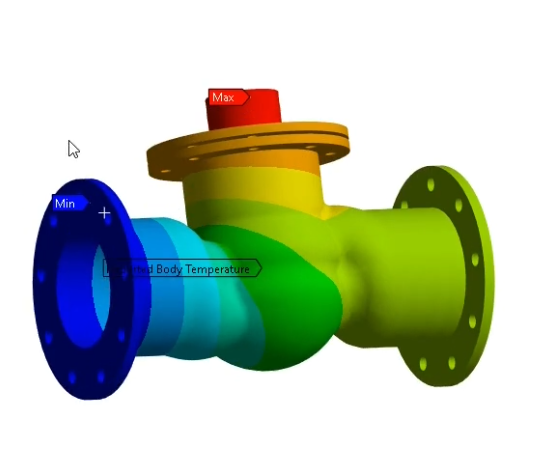Modern engineers often work on the design of increasingly complex systems that will experience a multitude of simultaneous loading factors – such as forces, thermal effects, and pressure. Advanced simulation tools have become essential to accurately understanding and predicting the resulting structural behaviour from these complex scenarios, without resorting to the use of overly conservative or simplistic assumptions. Thus, to thoroughly analyse and interpret how these different loads impact the structure, we turn to Ansys Multiphysics simulations.
Ansys Workbench offers a range of options to streamline the process of incorporating these external loads into Ansys Mechanical. By accommodating various types of loading conditions, engineers using Ansys are able to accurately predict stress, strain and fatigue life for such complex systems with precision.
Results Sharing
First, let’s delve into one of Workbench’s remarkable features: result sharing. Imagine having results from diverse analyses seamlessly interconnected within your simulation setup. Ansys Workbench achieves this with a simple drag-and-drop UI. The following example demonstrates how outcomes from a thermal analysis can be directly linked to a static structural analysis. By harnessing this feature, engineers gain a holistic understanding of how temperature fluctuations impact a structure’s integrity.
But what if your preceding analyses weren’t conducted within the same Workbench file? ANSYS Workbench has that covered as well. The platform can easily read and integrate data from external sources, enabling a more comprehensive analysis. For instance, in our Part 2 video below you can see how a CSV file representing pressure results from a computational fluid dynamics (CFD) analysis can be seamlessly imported into a static structural analysis to better understand the structural behaviour under complex pressure loading.
We hope you found this deep dive into importing external loads into ANSYS Mechanical useful. If you have any other questions or would like our help to get started with this feature, please comment below or contact our technical support team.




